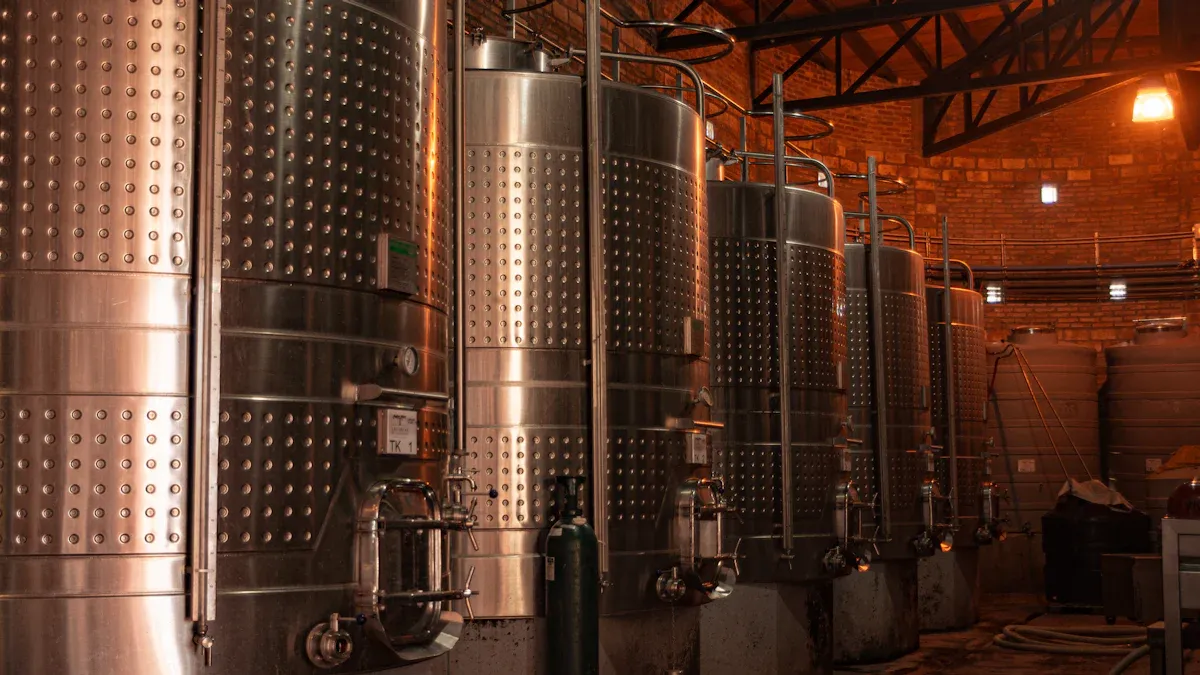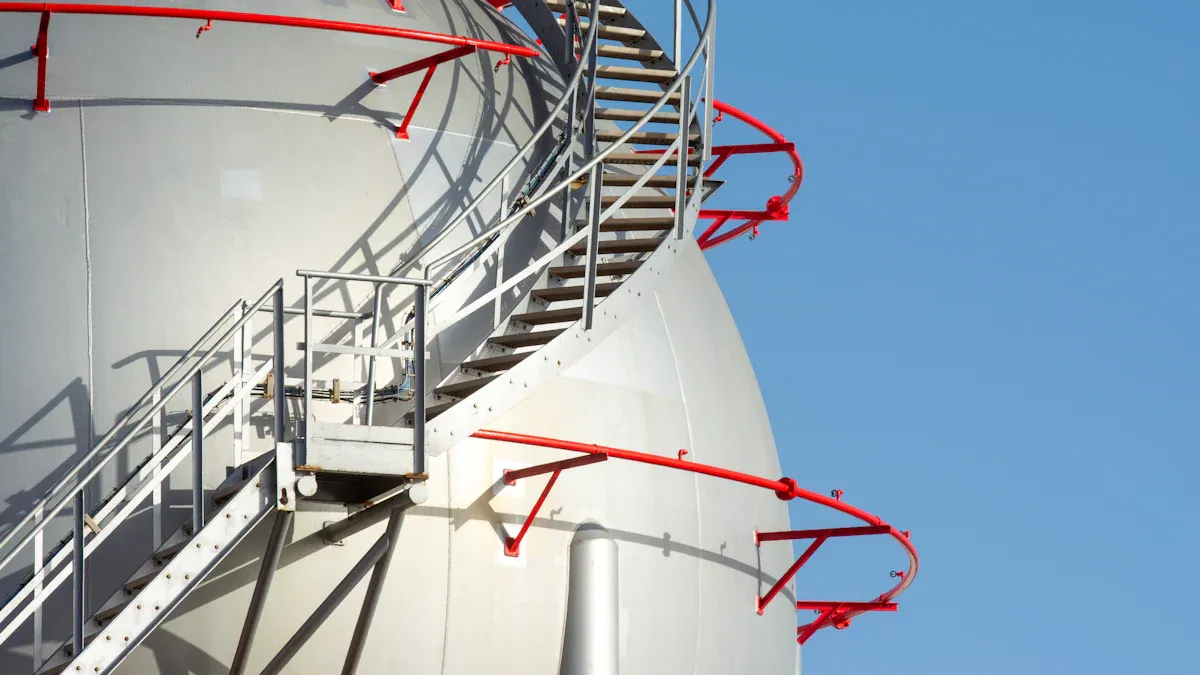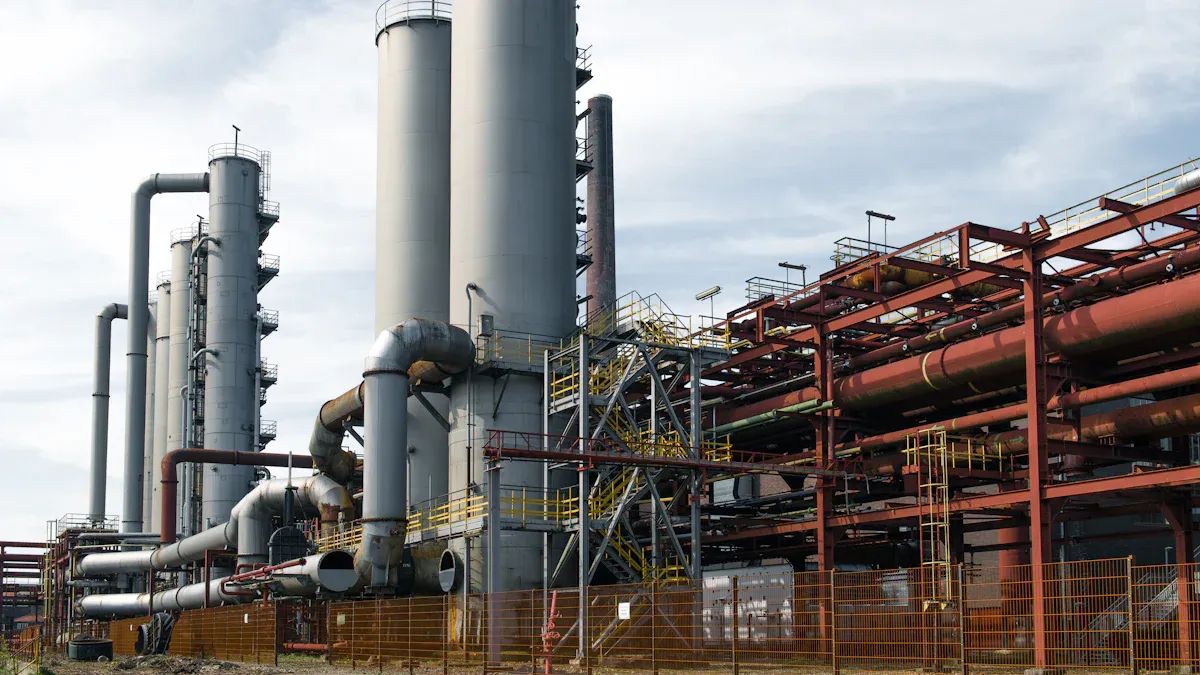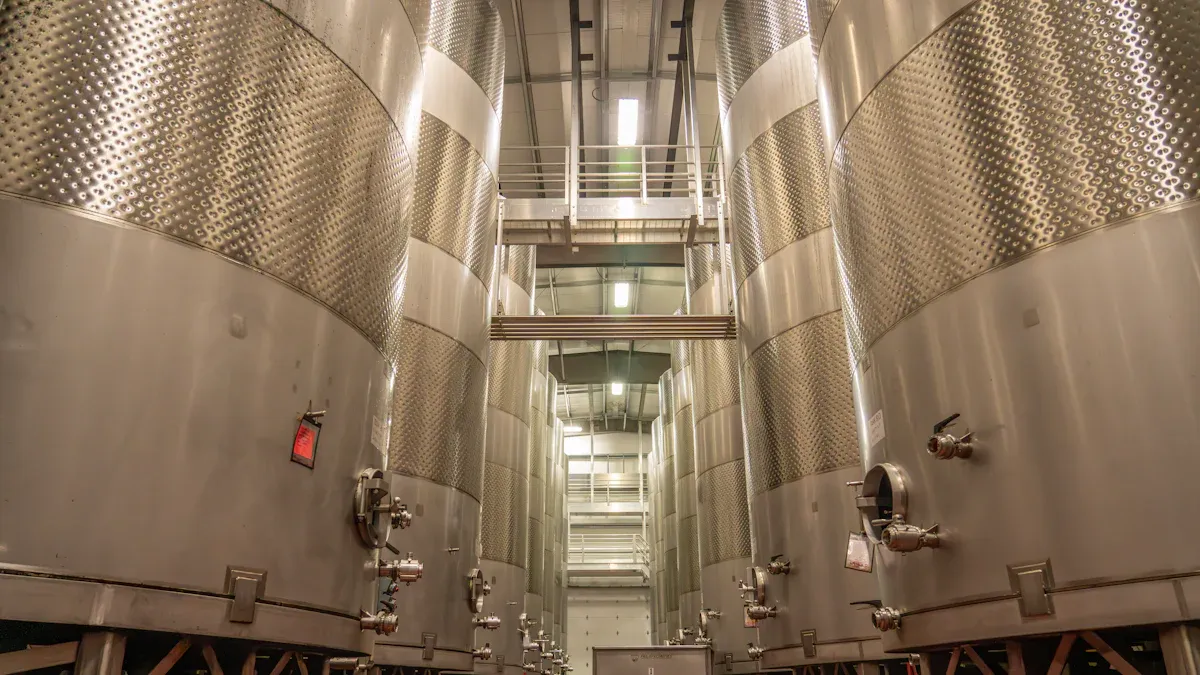
Stainless Wine Tanks and the Future of Winemaking Explained
Stainless wine tanks offer precise temperature control, superior hygiene, and sustainability, ensuring pure flavors and long-term cost savings for winemakers.

Stainless wine tanks offer precise temperature control, superior hygiene, and sustainability, ensuring pure flavors and long-term cost savings for winemakers.

Customization in chemical mixing tank design boosts efficiency, reduces costs, and ensures compliance with industry standards for reliable operations.

Key factors in chemical mixing tank design include material selection, sizing, agitation, safety features, and compliance for optimal performance.

Customization and modularity in chemical mixing tank design boost efficiency, enable quick adaptation to market needs, and support regulatory compliance.

Wine tanks stainless steel offer precise fermentation control, easy cleaning, and pure flavor, helping you achieve consistent, high-quality wine every batch.

Wine tanks stainless steel offer easy cleaning, airtight storage, and pure grape flavor, making them ideal for home winemakers seeking quality results.